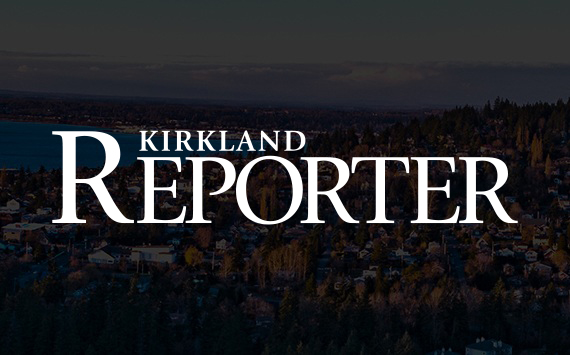Although the city of Kirkland declined to file charges against a driver who hit and killed a Kirkland resident last year, local residents in the neighborhood, as well as the city, are looking to improve safety at intersections.
For more than a year the city has received emails from residents in the Kingsgate neighborhood complaining of dangers posed by speeding drivers. The Reporter obtained the emails through a public information request.
In the emails, residents have also called on the city to step up police patrols and traffic enforcement in the area. Police documents detailing traffic complaints in that area indicate it has been a problem since at least 2012. Most of the complaints pertained to excessive speeding and/or failing to yield to pedestrians in the crosswalk.
In June 2014, a collision spurred residents from the High Woodland Homeowner’s Association to approach the city on improving safety.
In response, the city installed traffic counters on several streets and placed pedestrian flags at the crosswalk at 117th Place Northeast and Northeast 140th Street.
In a Sept. 23 email to Council member Toby Nixon, Jim Eagan, president of the Evergreen Neighborhood Association, cited the results of the one-week traffic study conducted by the city, which showed 30 percent of all vehicles were driving 30 mph or over in a 25 mph zone. Of the cars going southbound in the area, 36 percent were going over 30 mph.
“For a neighborhood street, these numbers represent a dangerous situation,” he wrote.
Prior to the September accident, one person who has lived in the area since 1992 wrote to the city complaining about cars driving at excessive speeds in the neighborhood that have put children and other residents in danger.
“In that time, there have been several serious incidents at the intersection of our small cul-de-sac…all of which have included cars traveling at excessive speeds,” they wrote. “Most have caused property damage. It is by sheer luck there have been no serious injuries to bystanders.”
The September accident, in which Kyle Warnick was killed while walking in the crosswalk, led to discussion on how to address safety concerns at the High Woodland Homeowner’s Association’s Oct. 6 board meeting. According to the meeting minutes, the KPD explained the most recent accident had not been due to speeding. The driver who killed Warnick was traveling an estimated 14-19 mph, below the posted speed limit.
They also stated that in the previous month, they had issued 15 citations for drivers in the area and five collisions reported during the year. In 2013, there was only one collision in that area, according to the minutes.
In November, Kirkland resident Christina Olson wrote the lack of traffic safety improvements had contributed to “an unsafe walking environment for vulnerable populations” in the neighborhood.
“In addition, joggers, mothers walking with strollers, skateboarders, and others who frequently use 117th Place Northeast and 119th Avenue Northeast are at risk from speeding drivers and lack of driving attention at crosswalks,” she wrote.
Since then, the city’s traffic engineering department has been working with a group of local residents on possible safety improvements, though Kirkland Neighborhood Traffic Control Coordinator Kathy Robertson said the city already has plans to add speed check signs along 119th Avenue Northeast as well as road striping sometime this year.
Other possible improvements could include enhanced speed signs, traffic circles and speed bumps, according to Nixon.
Nixon, who lives in the Kingsgate neighborhood, said that as part of the 2015-2016 budget, the city approved $50,000 to be used for traffic safety measures.
Nixon added that neighborhoods can also submit project proposals for funding out the 2012 road levy, which allocates $300,000 per biennium toward safety projects. While he hopes they will be able to find a solution, he added that they have to also avoid implementing safety measures that turn out to be counterproductive.
“It’s just a difficult problem when it seems like the issue to me is not so much the design of the roadway, as it is it’s drivers who just choose to exceed the speed limit,” he said. “It’s people who live there as well, and people who aren’t adequately paying attention to what’s going on around them.”


